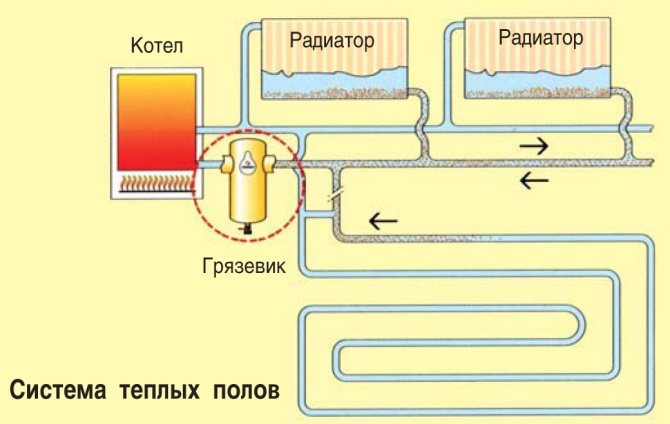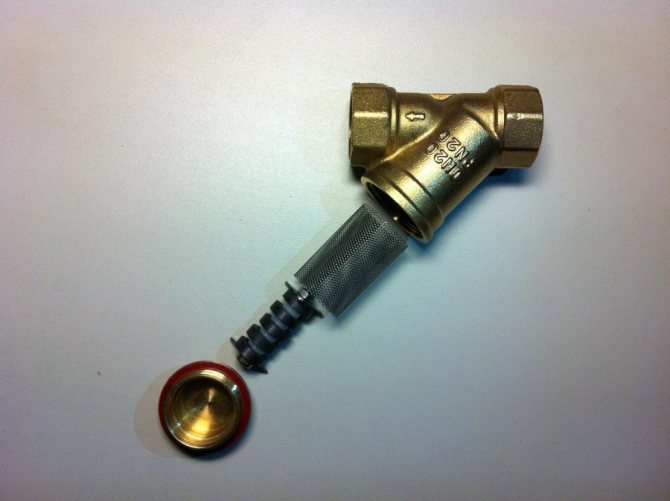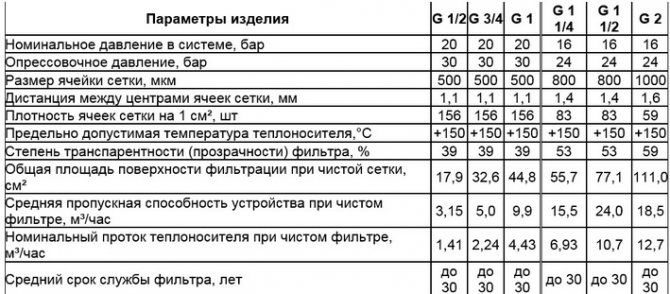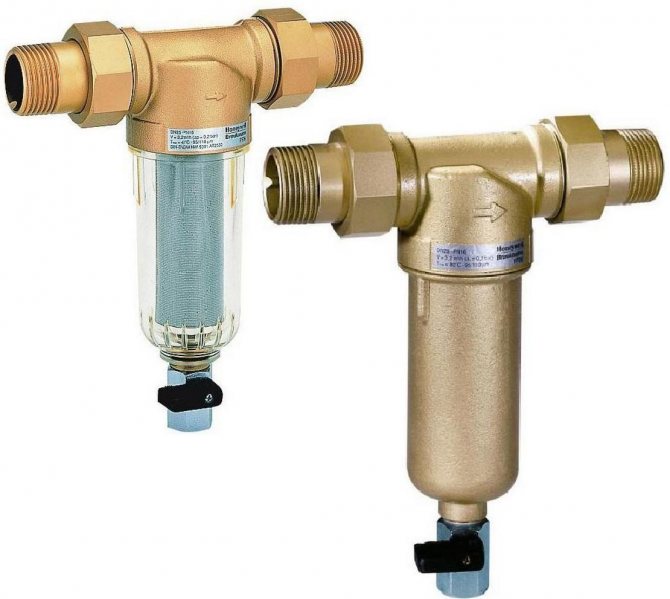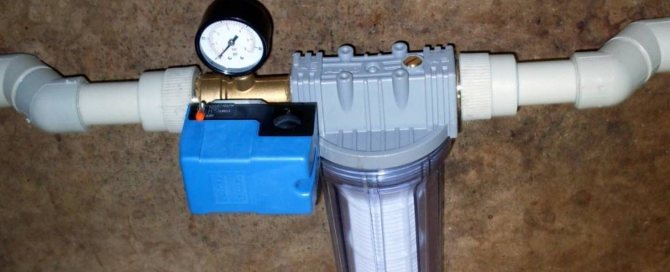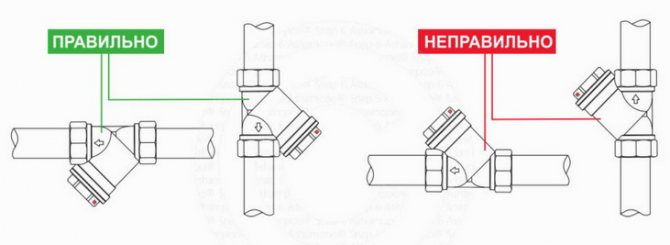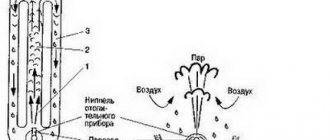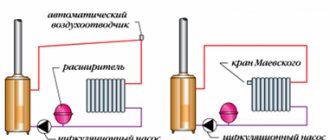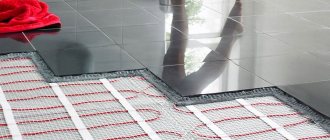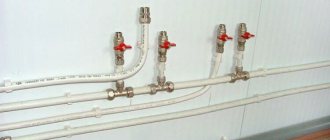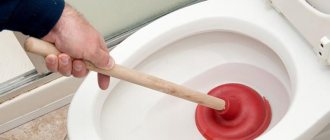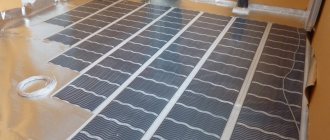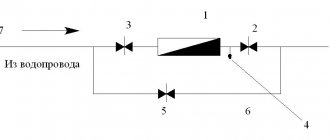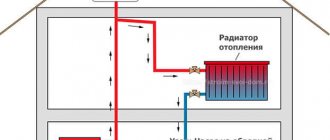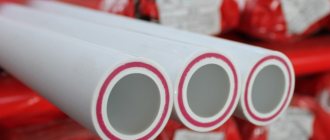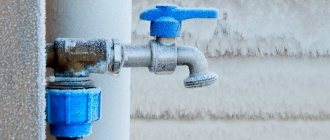The heating system consists of many mandatory components, each of which performs its own specific functions. One of these elements is a mud filter for water, which is used to clean the coolant from foreign particles. This simple device has a significant impact on the efficiency of the heating system. This is especially noticeable in complex systems with a large number of control valves.
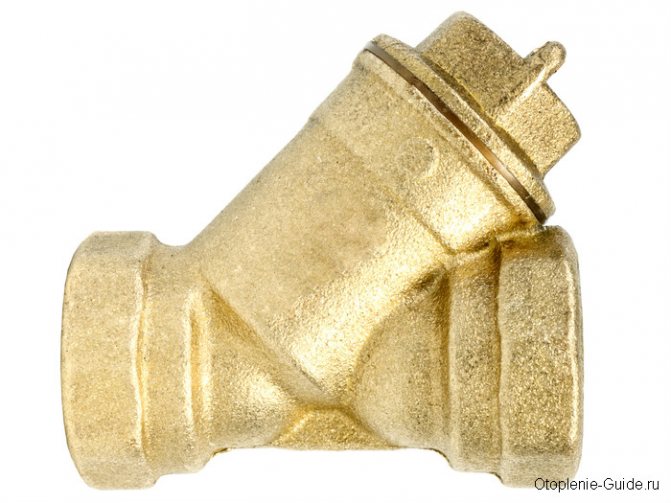
Filter for water purification from mechanical impurities.
What does the installation of mud collectors for the heating system give?
There are no questions about the need to install mud filters for water in centralized heating systems. Where the coolant is periodically drained and the system is refilled, it is impossible to argue with the obligation of this element in the system - there will always be dirt and impurities.
Disregard for mud collectors begins with the independent design of small autonomous systems. For example, heating systems in a private house. It only seems that in a closed circuit of small dimensions, there is nowhere for foreign impurities in the coolant to come from.
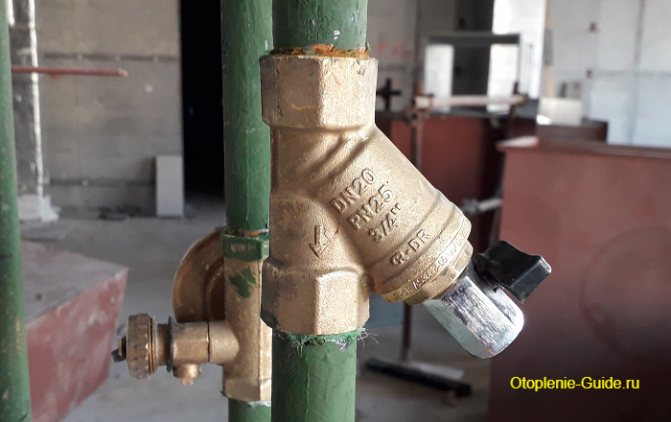

Mud filter with a tap.
Whatever type of coolant is used, and whatever initial cleaning it is subjected to, it will still be based on water. Water, which begins to interact with the metal nodes of the system, and there is metal in any system. As a result of this interaction, rust particles are formed, circulating in the system. In some parts of the system (irregularities inside the pipes, weld beads, sharp turns, narrowed passages, etc.), these particles accumulate, which impedes the movement of the coolant.
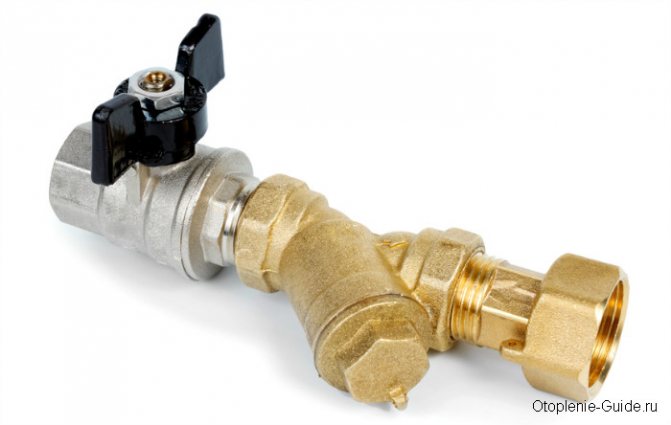

Mechanical coarse water filter.
Since the intensity of the circulation of the coolant decreases, then in order to achieve the required temperature parameters in the room, it is necessary to increase its temperature. This increases the load on the boiler and all other elements of the system, which does not add to their reliability, economy and efficiency. Competent installation of mud collectors in the system eliminates most of these problems, or at least postpones the time of their occurrence.
Coarse filter
The filter is installed when the heating system is connected to the central water supply. It is a flask with a filter element inside. The connection can be flanged or coupling, depending on the diameter of the water supply pipes. Essential for filtering coarse dirt. Effectively retains dirt, sand, large abrasive impurities.
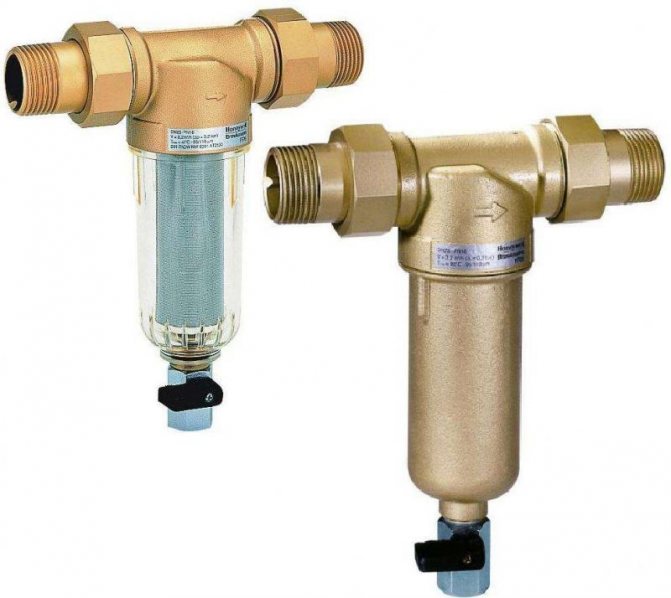

It will reliably protect the heating system from large elements, but will let small ones through. It is also not capable of chemical purification or water softening. It cannot purify water to the desired state on its own. Doesn't take up much space. The coarse filter is the first line of defense for your home's water supply.
We offer you to familiarize yourself with Ventilation in the toilet of a log house with your own hands, device, installation
Classification of mud collectors
The principle of operation consists in passing the coolant through a special mesh or magnetic filter, screening out mud fractions and depositing them at the bottom of the glass. The main condition for proper operation is the installation of the sump in the direction of the flow of the coolant.
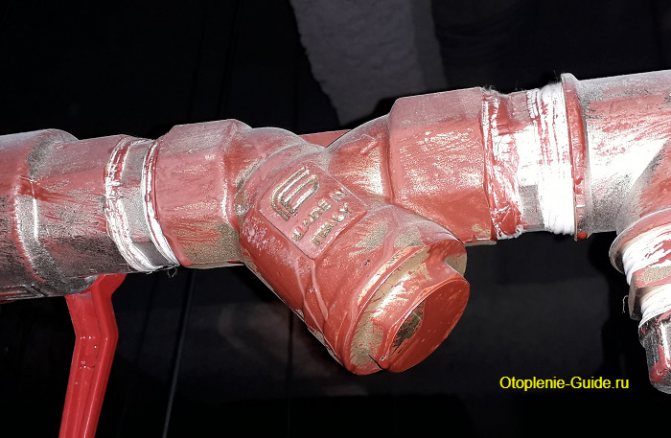

Mud filter partially covered with primer.
The classification of mud collectors for heating systems is based on several criteria. According to the degree of cleaning, devices for fine and coarse cleaning are distinguished.By mounting options: threaded, flanged and welded. By service method:
- self-cleaning - the sediment from the sump and from the surface of the mesh is washed off by a stream of water when the tap on the sump is opened;
- washing - the glass is washed without dismantling the filter, but manually;
- non-flushing - for cleaning it is required to dismantle and disassemble the unit.
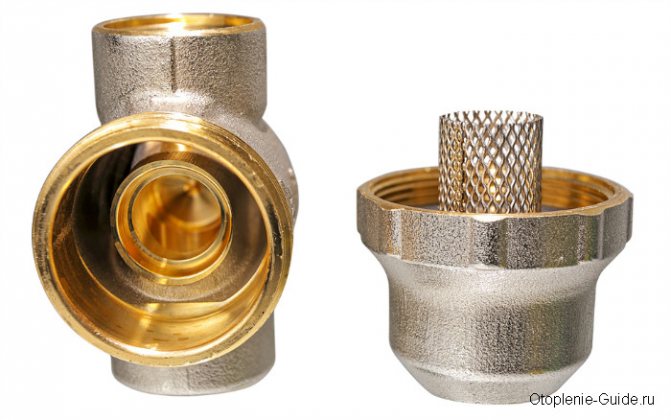

Washing filter for mechanical water purification.
Cascade flushing mechanical filter
A flush filter for heating systems is necessary for mechanical purification of water supplied to the heating system with a working environment temperature of up to one hundred and ten degrees. The filter cleans the water from suspended solids, mud and silt deposits, sand, etc. The cascade filter is more compact than other filters of similar functionality.
The volume reduction was achieved thanks to the latest inline filter system. Two filter elements of different sizes are nested one into one, and the vertically directed water is twisted into a spiral, effectively cleared of mechanical impurities. The device is installed strictly vertically. It is quite easy to wash the filter elements; there is no need to remove the mesh inserts. The body and the bulb are most often nickel plated. Stainless steel filter elements. The filter does not take up much space. Simple and reliable in operation.
Filtration classification
Strainers... The most common and familiar type of water sump filter used in everyday life. In the simplest design, the dirt is retained by the mesh and deposited in the accumulation zone. Periodically, the bottom of the glass is turned away and the dirt is removed. The design can be supplemented with a drain valve installed instead of the bottom, and then the sump turns from a flushing into a self-flushing one.
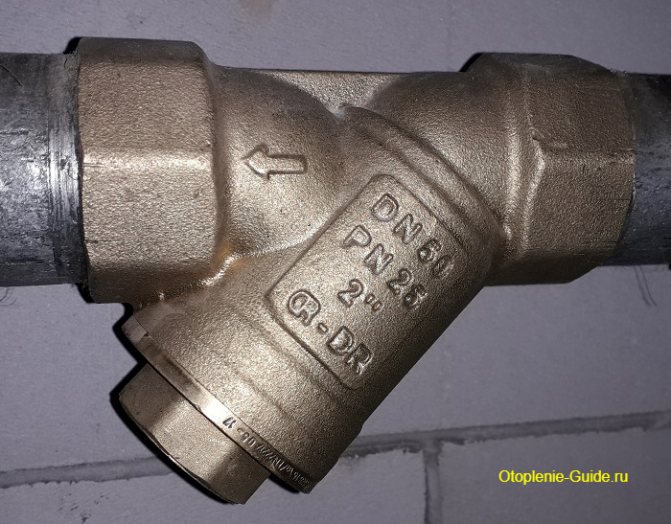

Danfoss FVR strainer, DN50.
The installation of an additional mesh that removes air from the coolant, a float and a needle valve adds a gas protection function to the mud collector. The efficiency of the mesh sump depends on the pressure in the line before and after it. With a significant difference in these values, solid particles can be forced through the mesh.
Magnetic filter removes metal particles from the coolant flow. During the operation of such a filter, no braking effect on the fluid flow occurs, which is important when operating powerful pumps.
There are also inertial-gravitational and subscriber mud collectors. The principle of operation of the first is clear from their name and they are used in large enterprises. Subscriber devices clean the coolant at the entrance to metering units.
How do I clean the filter?
1. We shut off the water with valves in the place where the filter is installed.
2. Substitute the water drainage tray and unscrew the filter plug with a key.
3. Take out the filter mesh and clean it with a brush. Then we rinse under running water.
4. Insert the mesh back into the filter and tighten the cap with a wrench.
5. We open the previously closed valves.
Surely each of you at least once in your life has come across a very unpleasant situation when, in the midst of the heating season, the batteries suddenly began to poorly heat the house. Moreover, as noted by consumers, along with the low heat transfer of radiators, the volume of consumed resources remained at the same level.
Experts explain this by the fact that the line gets clogged from time to time. And this, in turn, leads to a reduction in the useful volume of the pipeline and, as a consequence, to a decrease in the heat transfer of heating devices. Therefore, it is important to know how to flush the heating system in a private house, so that if you do not freeze, but definitely keep warm.
Features of the use of mud collectors
All mud filters for heating systems can also be divided into those intended for vertical or horizontal installation. Vertical structures are more often used in large heating systems. It should also be remembered that vertically installed mud collectors need to be serviced more often. The choice according to the size and parameters of cleaning is carried out based on the diameters of the pipelines, the power of the pumps and the places of installation.
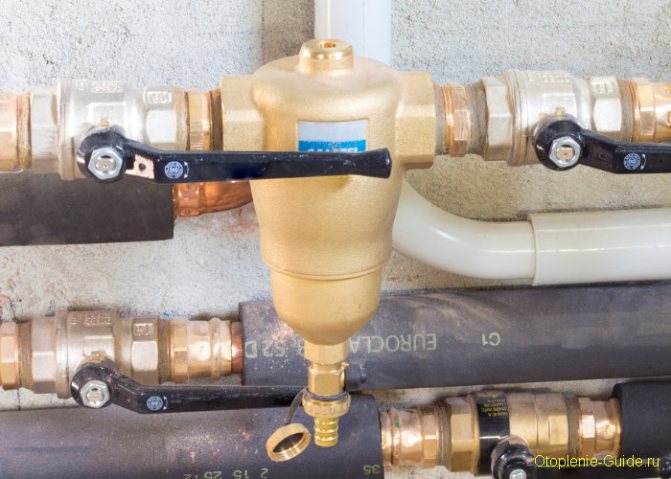

Dirt trap with drain cock.
During installation, there are several rules that must be followed.
- Arrow on the case. As a rule, the filter has an arrow indicating the direction of movement of the coolant.
- The best location is a horizontal pipe run.
- Spatial orientation. The branch with mesh and nut or drain valve must point downwards.
- The presence of shut-off valves before and after the mud filter for water, as well as a pressure reducer after it.
- Convenience of service.
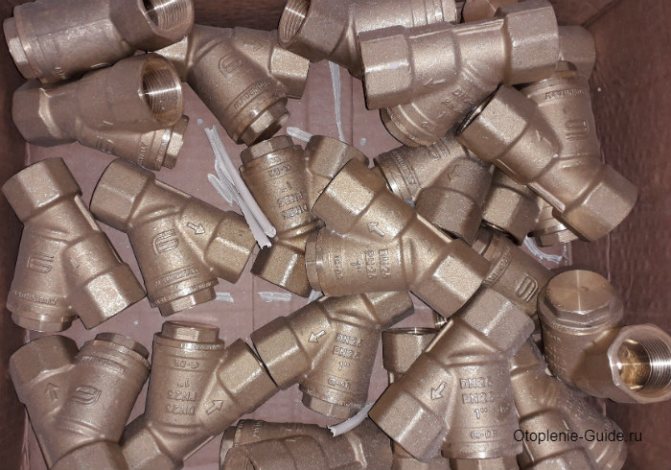

Strainers DN25, 1 ”.
The essence of the device
A given filter designates a water purifier or other heat carrier from a variety of pollutants in the heating system.
In appearance, this is a pipeline expansion unit with water filtration. Due to the construction, rusty particles and metal scales will fall into the sludge and accumulate again.
We invite you to read Connecting a washing machine without running water

